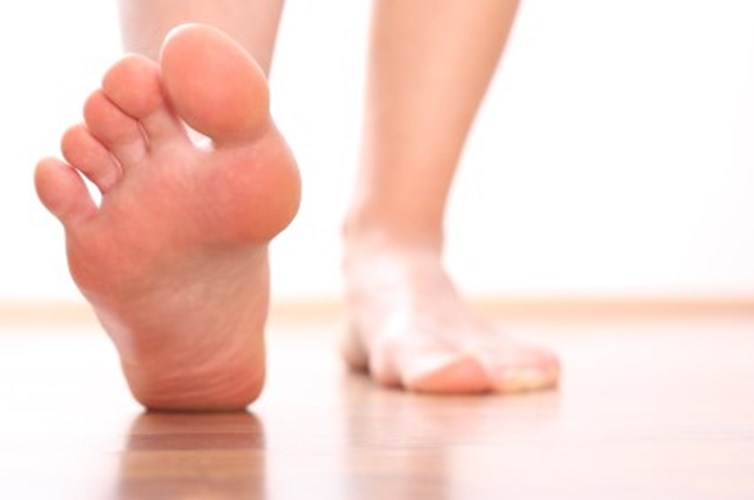
People who suffer from diabetes or arthritis should check their feet regularly and ensure they attend check-ups as requested, as they are at risk of amputation if they don’t seek timely treatment.
Fortunately, there’s lots we can do to protect our feet and most common problems can be treated successfully by a podiatrist.
As we get older, an annual foot health check is as important as a sight or hearing test,' says Mike O'Neill, Consultant Podiatrist and spokesperson for the College of Podiatry. 'Conditions like diabetes or circulatory problems can all be picked up by looking at the feet and common problems like corns, cracked skin and ingrown toenails can be successfully treated.'
On a day-to-day basis, there’s lots we can do ourselves. First and foremost, it’s important to wear comfortable, well-fitting shoes.
'Many people wear slippers if their feet are hurting, but this can make things worse as slippers encourage you to shuffle rather than letting the joints work as they should,' says Mike O'Neill. 'A pair of running shoes is the best option as these provide a good amount of shock absorption and stability and also support the arch.'
Good nail care can also help to keep feet feeling comfortable. Unfortunately, many of us find it hard to clip our toenails properly, partly because it can be hard to reach but also because they become tougher with age.
If your nails become too long they can press against the end of your shoe and the constant pressure can cause soreness, infection or ulceration. Toenails that have been poorly cut can also become ingrown.
'If you’re struggling to cut your own nails, ask a family member for help as hacking at them could do more harm than good,' says Mike O'Neill.
If that isn’t an option, have a podiatrist look after it for you. Many of us could cut our own hair if we wanted to but we don’t because we feel better about ourselves when a professional does it for us.
Application of a moisturising lotion daily will help to keep feet feeling soft and supple.
'As we get older the skin on our feet starts to dry out, we lose the fatty pads that cushion the bottom of the feet, the joints start to creak and circulation is reduced,' says Mike O'Neill. 'As a result, the skin on the soles of our feet and heels becomes dry and nails become brittle and more difficult to manage.'